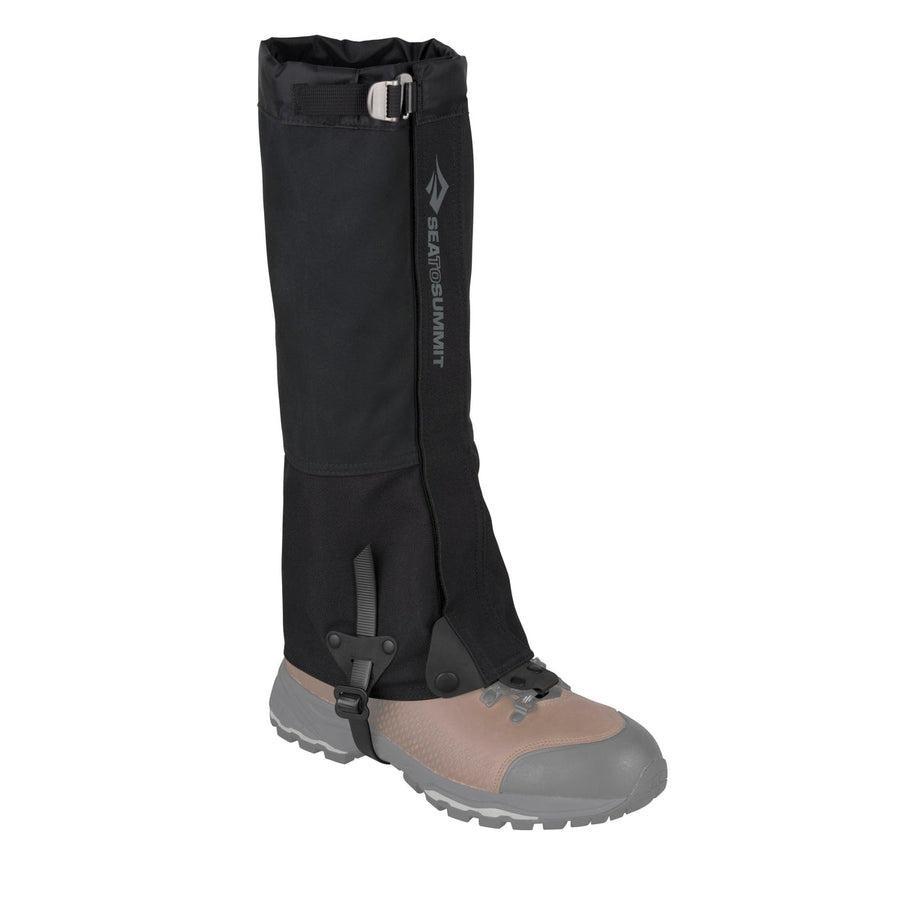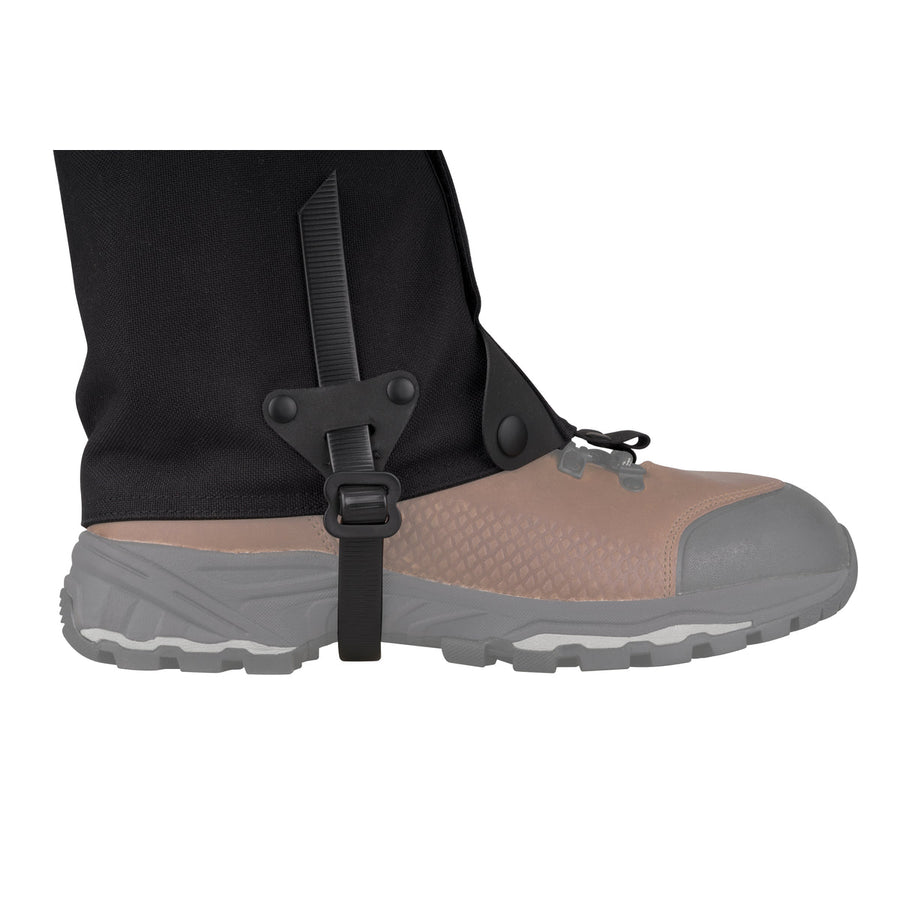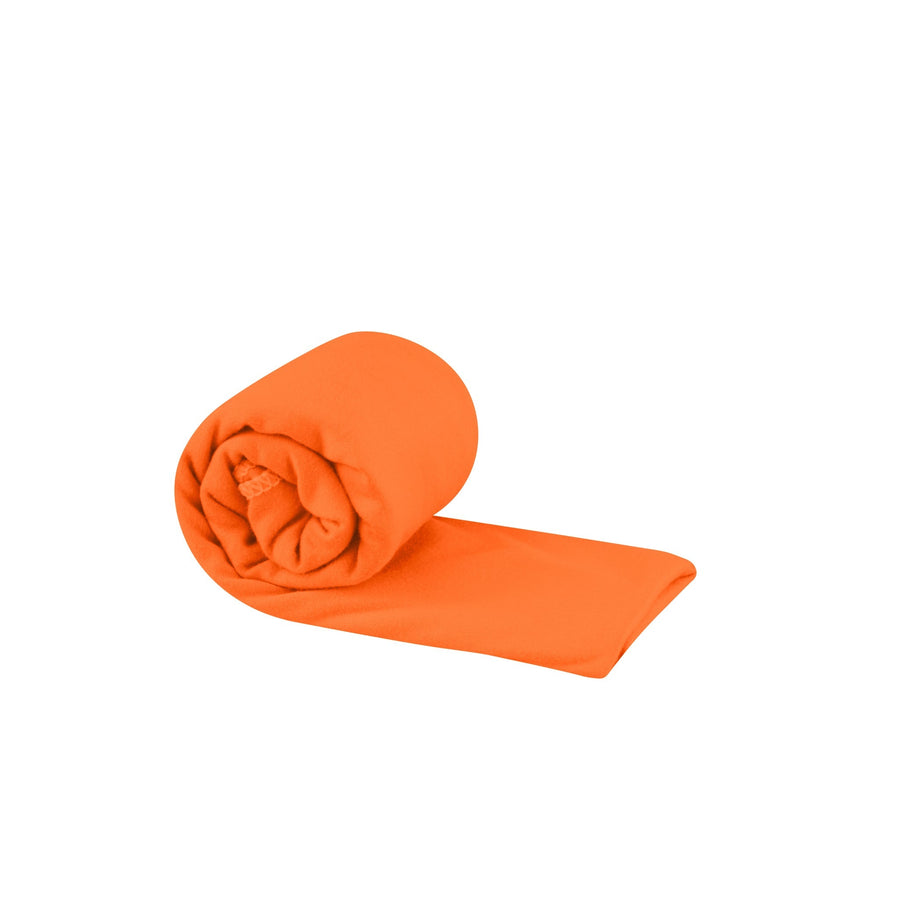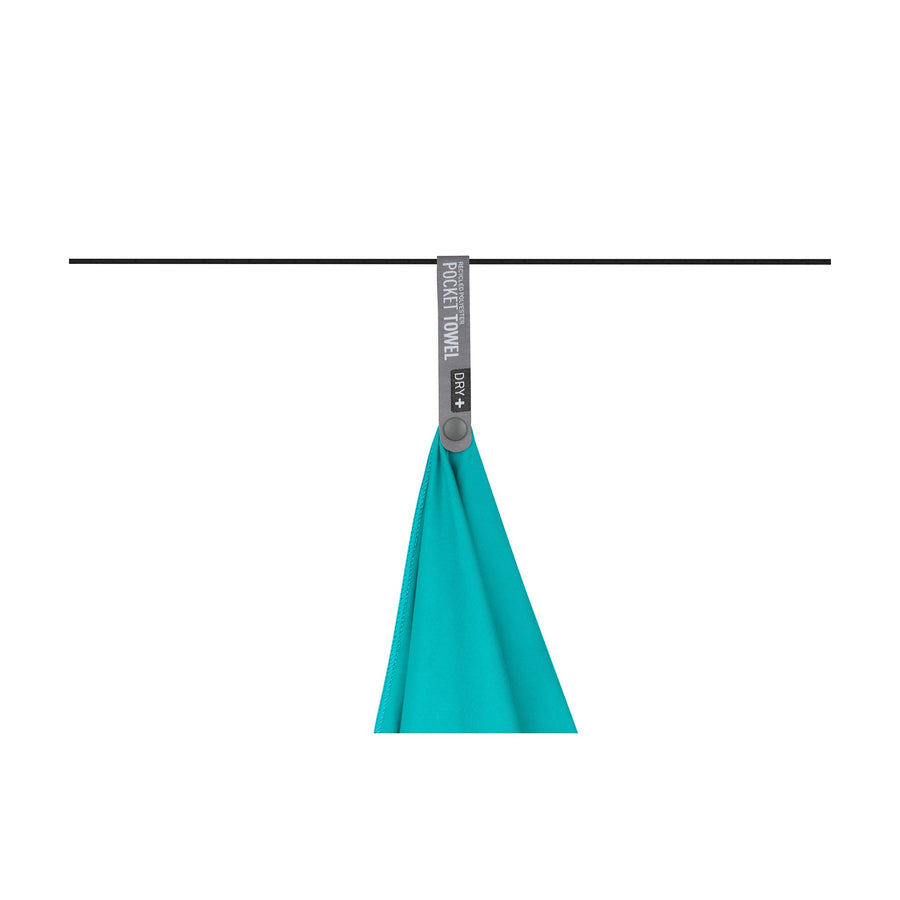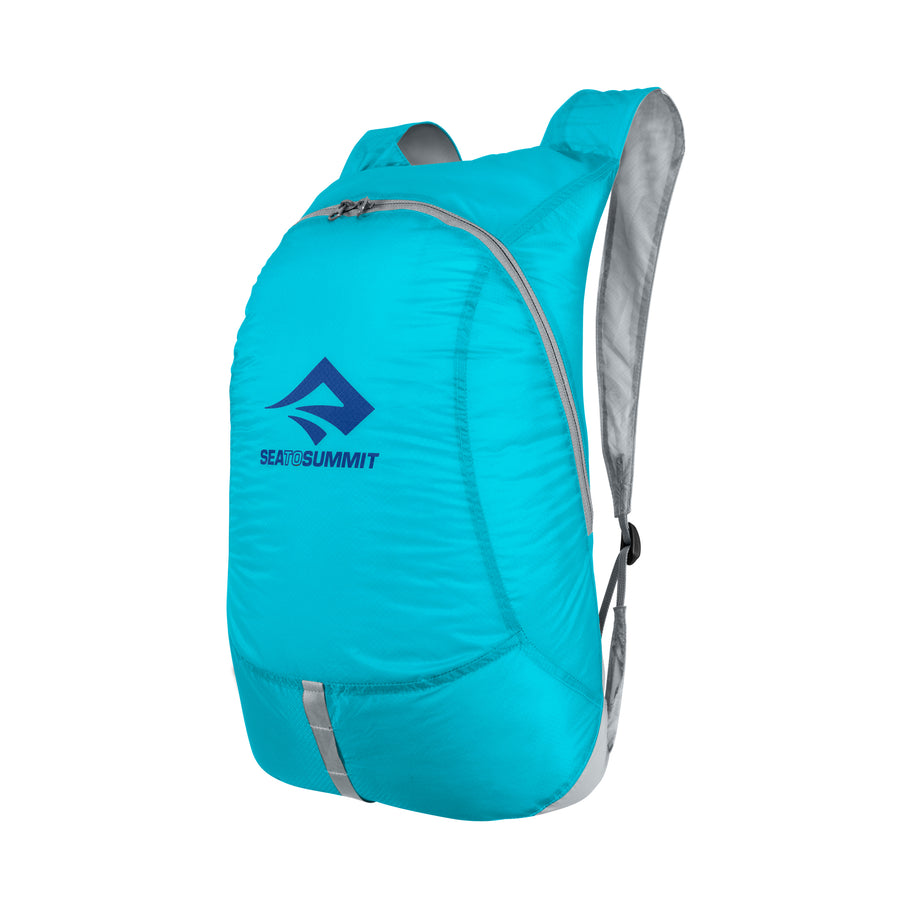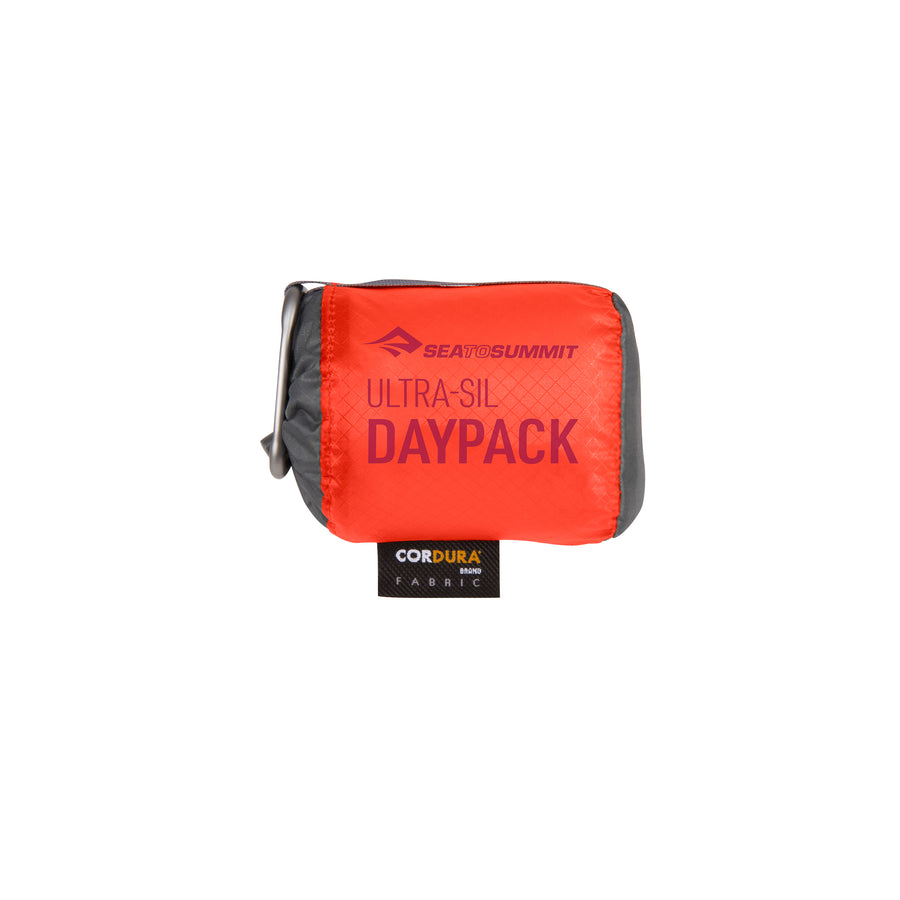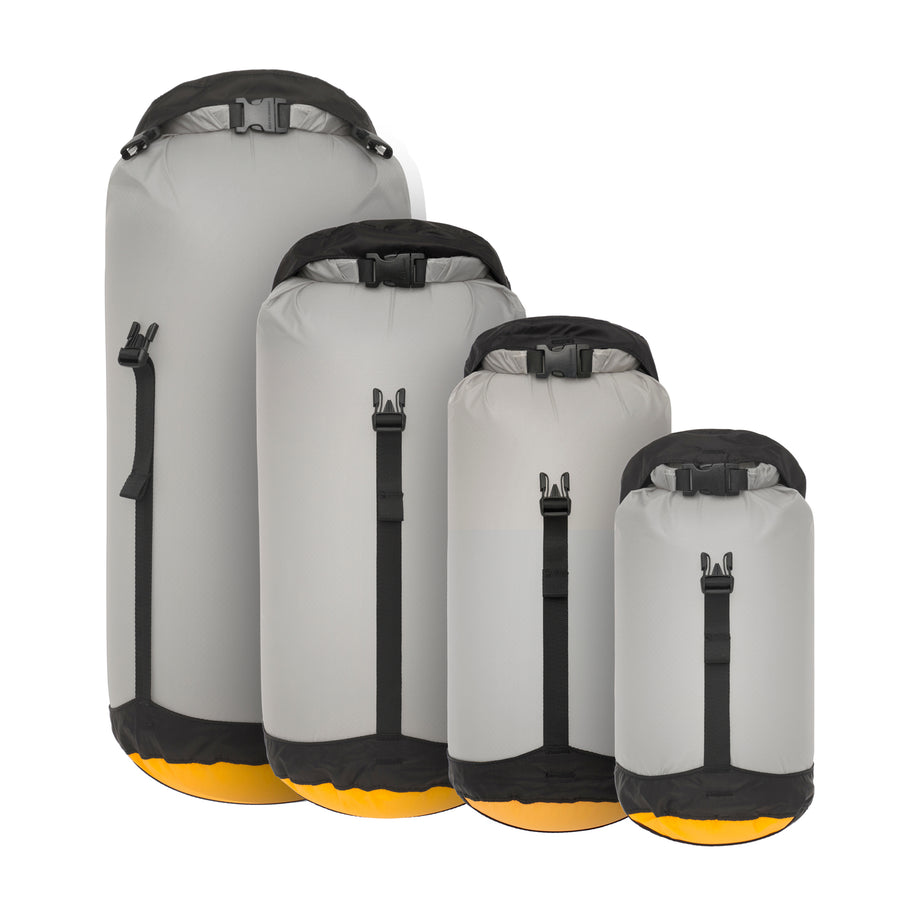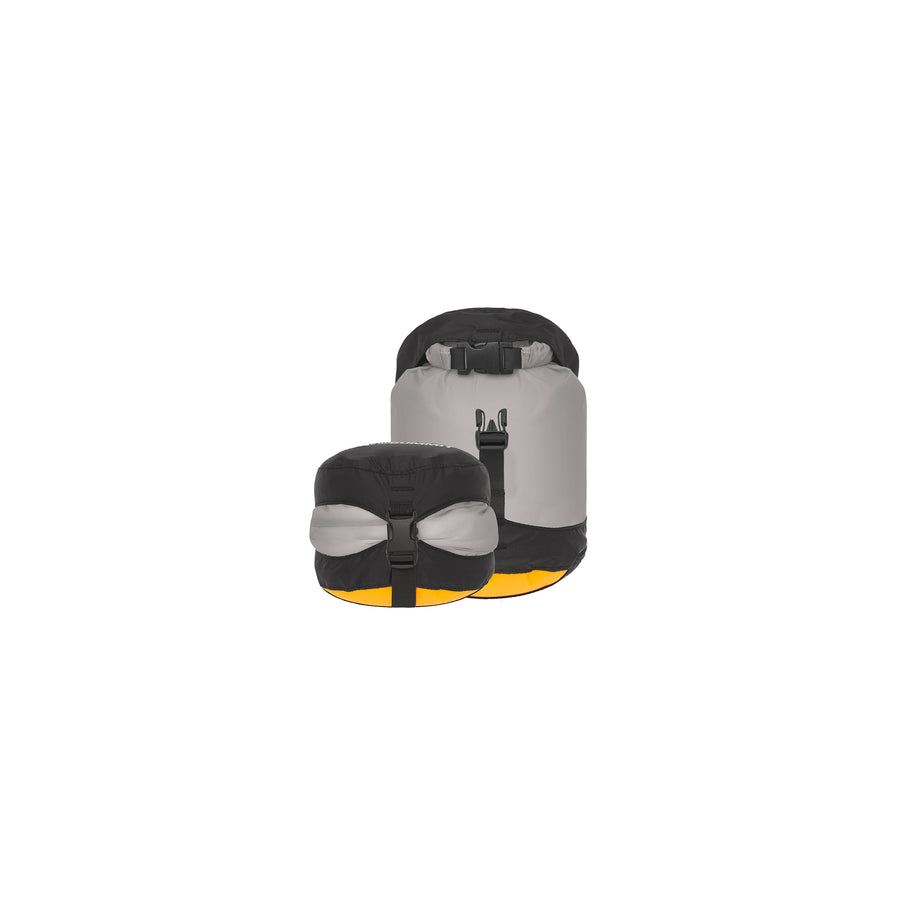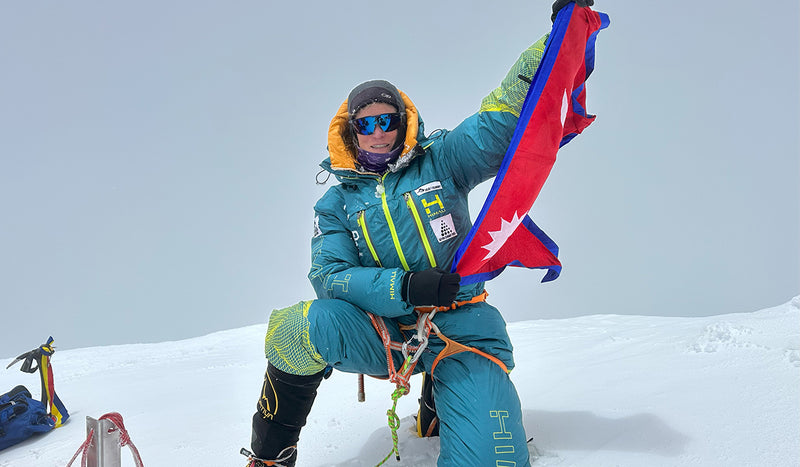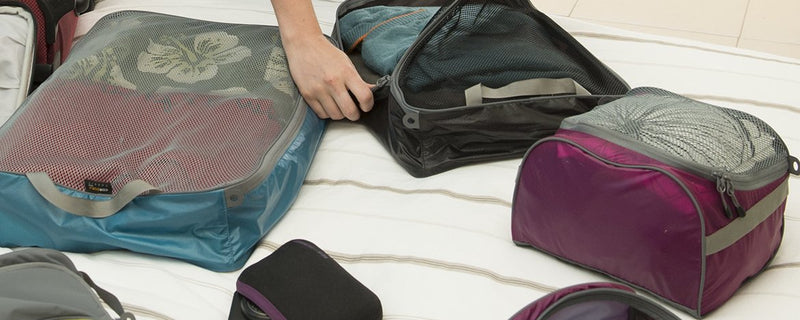Bikepacking Tales from the Munda Biddi Track, Australia

Packing camping gear onto bikes and going touring has been a thing pretty much ever since bicycles were invented (if you haven’t read about his exploits, do an online search for ‘Thomas Stevens – Penny Farthing’).
However, off-road bike touring is a relatively new phenomenon. In the past few years, frame bags, handlebar bags and super-compressible camping gear have given rise to a form of off-road touring known as Bikepacking. We get a lot of questions about Bikepacking at the Ask Baz blog – what gear to take and how to transport it on rough trails. Which is where the Munda Biddi track comes in. Munda Biddi translates to “path through the forest”in the local [Australian] Noongar Aboriginal language.
The Munda Biddi is one of the world’s great bikeable trails, located not far from Sea to Summit’s headquarters in Perth, Western Australia. Sea to Summit’s Asia-Pacific Sales Manager, Ryan Secrest, recently completed a solo ride of the 600+ mile / 1000 kilometer track; and while the Ask Baz team was discussing a blog post based on his experiences, we discovered that an industry colleague, Jessica Carroll and her partner Jas Condley had also ridden the Munda Biddi at much the same time.
Here are some of their perspectives…
ABB - Could you describe the terrain and the trail conditions on the Munda Biddi Track?
JC - The terrain was more challenging than we initially thought. We climbed about 2000 ft/700m each day which, when fully loaded with gear is actually quite a bit. However - the elevation wasn’t the kicker, the pea gravel was.
Ryan – The Munda Biddi has three distinct sections. I started in the north which is the most challenging section of the trail. Lots of elevation change as the path winds its way through thick eucalyptus forests made all the more fun by the infamous pea gravel appearing when least expected. In the middle section of the trail the smaller trees of the north give way to giant Karri trees which are some of the tallest in the world… giant broccoli looking tress as tall as the Statue of Liberty! The last section leaves the forest and follows along the great Southern Ocean, giving welcome opportunities to ditch the bike clothes and jump in the surf.
ABB – Pea gravel?
JC - The first 120 miles/200km is referred to in some of the log books as "The Pea Gravel Highway" along with more than a few choice words for how terrible it is. You sink. And then you stop. You can be on a moderate down-hill and need to pedal to keep moving, but most of the downhills aren't moderate. You're basically just surfing your bike down a hill. Uphill? Hike-a-bike.
Ryan – If you want to visualize pea gravel just imagine piles of rock colored ball bearings covering sections of the trail. Usually encountered toward the bottom of hills you have to just let the brakes go a bit too much while descending!
ABB - How did you select which clothing and equipment you took with you – and how did you figure out what you could leave behind? Was weight or packed volume more important?
JC – This was my ‘intro to bikepacking’ course, a real trial-by-fire way of going about it. Jas had been experimenting through the deserts of California to try out gear for not just the Munda Biddi, but beyond into the deserts. Weight was always critical, but the ability to carry a variety of supplies played a bigger part given how varied the terrain and time between resupplies could be. One of the advantages of bikepacking over backpacking is having space and weight capacity for a couple more ‘luxuries’ which really make a difference on a trip of this length. We particularly made space for a bit more cooking gear, eating varied and nutritious meals makes a bigger difference in your psychology. We used the collapsible pots Sea to Summit offers to save space but still have a ton of cooking surface. We loved the ease of use and compact nature of the X-Pot. Other gear included front cages with 8L Sea to Summit dry bags, seat bags and a custom-sewn frame bag. Clothing was kept to a minimum with cycling-specific gear and quick-drying hiking gear to not look like loonies in town.
Ryan – Working for Sea to Summit, I’m pretty lucky to have access to some of the best and lightest gear that is available. Selecting that gear is the trick though. In the past I have gone to great lengths to save weight – closed cell foam mats, cutting down toothbrushes, etc. When I would get back from a trip the first thing I would do while unpacking was to hold up each piece of gear and ask, “did I use this” or ‘was this essential?”. Over the years, I got really adept at sacrificing little comforts for a lighter pack weight. All for the greater good I thought. What struck me during my trip down the Munda Biddi while relaxing on my air sprung cell sleeping mat with a pillow under head and feather light Ember quilt keeping me warm was that I no longer had to sacrifice comfort to pack ridiculously light.


ABB - What type of bike/racks/bike bags did you use? How might this change of you were riding in, say, the Pyrenees or the Canadian Rockies?
JC – Given my newness to the sport I rented a bicycle with front suspension and panniers. With the distance to fully equipped bike shops, steel frames were the way to go. Jas rode on a SOMA Wolverine and had racks for this stretch. In a more water-available environment he’d probably ditch the racks. Jas was at time jealous of my suspension frame through some of the rocky downhills, but would stand by the simple, reliable, repairable approach of a fully rigid bike.
Ryan - I’m a bit of a throwback when it comes to what kind of bike I take on adventures: Steel frame, big fat tires, upright handlebar, no suspension, leather saddle, flat pedals, bar end shifters and low gearing. I find it far better to have a simple, reliable and above all else COMFORTABLE bike than one that sacrifices those attributes to save some weight. As you can imagine from that description – yes I do have a beard and can tell you the different regional variations of craft IPA’s… Where I save the weight is in the gear. My whole sleep system (sleeping bag, pillow, shelter, ground sheet, mosquito netting and sleeping mat) combined came in under three pounds. Being so packable allowed me to pack everything in a frame bag, two small rear panniers and a 13L Big River Dry bag up front in a Wald wire basket.
ABB - What weather conditions were you anticipating on the track?
JC – Heat, obviously – this is Western Australia. We had days around 100°F/38°C, but the temperature varied all over the place. We had small amounts of rain, nights down to 45°F/7°C and everything in between, including howling winds that left us hunkering down for two nights in one of the huts on trail. We took a more casual approach to the trail and would have a leisurely breakfast ride from morning to early afternoon and find a spot to camp for the night. Read, relax, swim, whatever it took to get through the hot afternoons. And lemonade. Lots and lots of lemonade.
Ryan – I chose to ride the trail over the Christmas holiday, which here in Australia means hot and dry conditions. The key for me was to be ready to ride at dawn and push through until it got too hot to ride in the midafternoon. I usually would keep an eye on the map for a good spot to take an afternoon break in either a trail town or a place to take a swim. Ice cream and waterholes got me through the dog day afternoons until the weather cooled off enough in the early evening for a few more hours in the saddle.
ABB – What Australian wildlife did you encounter?
JC – It turns out that kangaroos are even more prevalent than movies would have you believe. Several times daily we found ourselves scaring (and probably scarring) a kangaroo followed by them running across the track in front of us. We heard Kookaburras (their call is particularly unique - worth googling) and a variety of other birds.
We saw a tiger snake. We also fought sand flies. And spiders. Sometimes simultaneously, resulting in trail-side yelling at the spiders (including tarantulas) to do their job with the flies and stop placing their webs at face-level. We encountered goannas – they hold very still, look like sticks, and then when you're about 5 inches away, they move. This throws your brain for a loop…
The spiders can be dense. Jas once counted clearing 19 spider webs in approximately a 1km stretch. Yep, about every 50m. He started riding with a trekking pole like a jousting stick the make the job a bit easier and so he could stop eating barn spiders (you can only have so many for breakfast before you get stomach aches.) I almost universally hid in the ‘spider shadow’ of Jas.
Ryan – It’s funny; when I first moved to Australia I was paranoid about all the poisonous insects, plants and snakes that I had grew up watching on TV. Animals with names like “Death Adder” that Steve Irwin would run around picking up. When I mentioned this to my Aussie mates they would laugh and point out that I was from North America – where animals like bears, wolves and mountain lions can actually hunt you down and eat you. Their advice to surviving Australia? Don’t pick up snakes, drink lots of water and wear sunscreen…
ABB - What were the ‘high points’?
JC – It was truly amazing watching the forest, terrain, and wildlife all change right before our eyes. Sometimes in the same day. We rode through forests that caught fire the previous year, and forests of a variety of trees that I'd probably screw up naming. Open landscapes, dense-foliage single track.
The second half of the track is a lot less wild. We entered a different wine growing region almost every other day. Frankly, they all produce wonderful wines. We'd pop in to a ‘bottle shop’ whenever we got the chance and would buy the "most" local bottle of wine we could. Life was hard.
Ryan – The whole experience was amazing. To narrow it down though I will always remember a few moments: Every single morning the sounds of birds getting started just before dawn…no need to set an alarm as they will wake you up. Cockatoos, Kookaburras, Magpies, and parrots all join in. I also remember watching dolphins playing in the surf on the south coast, a family of giant flightless Emus wandering in to my camp and spending Christmas eve toasting the sun going down with a cold beer from a fire lookup platform 200 feet up in a giant Karri tree.
ABB – Did you have any gear failures or incidents?
JC - At one point, Jas got debris into his back wheel which caused his rear derailleur to bend into the spokes. It was mangled – but with a little ingenuity and a lot of muscle to bend it back and after re-truing the wheel, we finally succeeded in making the thing rideable again.
We were a little way from a highway, and decided to cut down to the nearest town, Walpole, about 40k away. In Walpole a few hours of shenanigans resulted in getting a replacement derailleur delivered by courier overnight from 100 miles / 150km away. For $10. Not bad. It wasn't perfect, but it was good enough to finish the trail on.
Ryan – Lucky no. Unless you count not packing enough sunscreen.
ABB - Is this a trail you would recommend to someone just becoming familiar with bikepacking? What level of skill/experience is necessary for the Munda Biddi?
JC – Absolutely! We’d love to come back and do it again. If you’re patient and give yourself enough time anyone with a bit of prep and fitness can do this. We notice entries in some of the ledgers families with young children that were having a lovely time on this trail as well. That said, there’s plenty of challenges and variety for the more experienced cyclists. We did it in 24 days, only 19 were actual riding so we could enjoy many of the small towns, wines, and aftermath of wine along the way.
Ryan – I think the Munda Biddi would be an absolutely fantastic first big bikepacking trip though I would recommend trying out a couple of overnight trips before hand to sort out your gear. The other cool part of the trail is that it would be excellent for someone more experienced as well. I have friends who have ridden it in 8 days knocking out 150km days riding from dawn to dusk and others who took 30 riding from winery to winery. It can be what you make of it.
ABB – Where did you sleep? In huts / tent camping?
JC - We started sleeping in the huts, but by the end were often pitching a tent just outside the huts (aforementioned major storm being an exception - at which point we deployed a hammock inside to make the day we spent ‘hanging’ around more fun.) We made it a goal to stop at every hut along the way even if we didn’t spend the night. This often resulted in a quick water refill and a mid-morning lunch or snack break. Echoing Ryan below, the rain water tanks are a godsend.
Ryan - One of the most welcome parts of the Munda Biddi trail is the amazing collection of wilderness huts spaced out a half days bike ride apart. Whenever possible I stayed in these free huts, enjoying the roof over my head, the picnic tables to make food and the flat sleeping platforms. Another great thing about the huts are the rain water collection tanks that are next to each one. This really allowed me to keep the weight down as I knew every 45kms or so I could top up. Of the 10 nights I was out I would say I slept about half of those in the huts. The other nights I would ride until just about dark and then push the bike into the woods, find a flat spot and set up camp. The population is so low in Western Australia that this is completely acceptable. In the 1,000 kms of riding I came across ½ a dozen other people.
ABB - What were you most looking forward to when you got close to finishing the trail?
JC - In most ways we actually weren’t ready for it to end. Sure, being away from the march flies was appealing, but had time allowed we would have kept going. Jas was looking forward to continuing across to the Nullarbor, Melbourne and Tasmania.
Ryan - Totally cliché but I wanted real food and a cold beer. Once I had it I seriously considered turning around and riding back!
ABB - What’s your next adventure?
JC - Jas continued across Australia and up into some adventures in SE Asia. I loved the trip so much that I built up a custom bike for a Taiwan adventure we also managed to fit in. For now, we’re back in ‘reality’ but dreaming of more local adventures like the Oregon Timber Trail or another international trip like crossing the Caucasus mountains in Georgia.
Ryan – Tasmania. It is like Australia’s Alaska!










